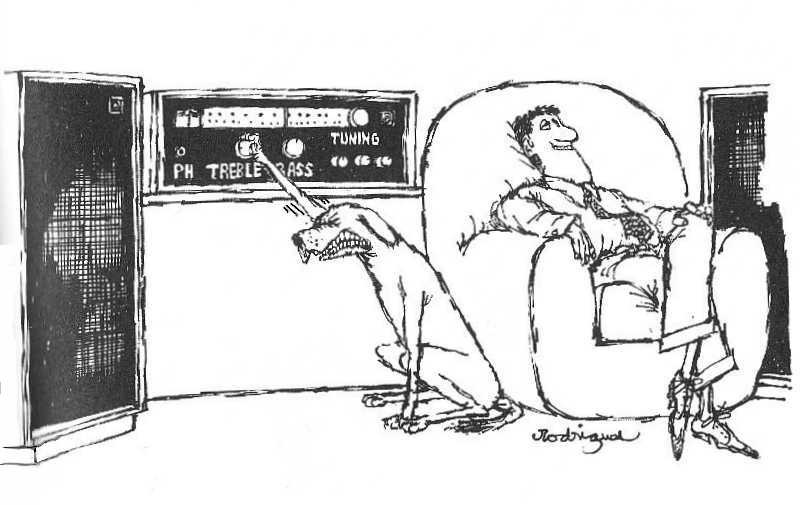- Thread Author
- #1
https://www.psaudio.com/pauls-posts/taming-the-top-end/
Interesting article. Paul forgets the recording, room, power, cables and electronics!
The recording and room can play a bigger role than everything.
The way I see it, varying music genres have also had an impact. In classical, an extended top end is considered a positive. It’s often called “airy” with brilliant “extension” by reviewers. In rock or pop music, that same extended top end is called hell!
I have noticed a big push by electronics and speaker manufacturers to push the top end more and more and this is not a good thing for those not solely fastened in their classical listener chair.
In the Alan Shaw of Harbeth video, he discusses this very topic.
I often wonder why manufacturers have decided excessive extension in the top end is a good thing? Most digital combined with silver cables and rooms are already bright enough! Add in sibilant as heck recordings (use the de-esser engineers!) and all hell breaks loose.
A wave guide on the tweeter helps a lot too, but we don’t see that much. Other worldly materials like diamond also helps.
Again, extension is good for the classical music lover, not for those of us that listen to everything else. Thankfully there are some designers like Kevin Hayes at VAC, Alon at Magico and Alan Shaw at Harbeth who recognize the need for balance.
Sent from my iPhone using Tapatalk
Interesting article. Paul forgets the recording, room, power, cables and electronics!
The recording and room can play a bigger role than everything.
The way I see it, varying music genres have also had an impact. In classical, an extended top end is considered a positive. It’s often called “airy” with brilliant “extension” by reviewers. In rock or pop music, that same extended top end is called hell!
I have noticed a big push by electronics and speaker manufacturers to push the top end more and more and this is not a good thing for those not solely fastened in their classical listener chair.
In the Alan Shaw of Harbeth video, he discusses this very topic.
I often wonder why manufacturers have decided excessive extension in the top end is a good thing? Most digital combined with silver cables and rooms are already bright enough! Add in sibilant as heck recordings (use the de-esser engineers!) and all hell breaks loose.
A wave guide on the tweeter helps a lot too, but we don’t see that much. Other worldly materials like diamond also helps.
Again, extension is good for the classical music lover, not for those of us that listen to everything else. Thankfully there are some designers like Kevin Hayes at VAC, Alon at Magico and Alan Shaw at Harbeth who recognize the need for balance.
Sent from my iPhone using Tapatalk

